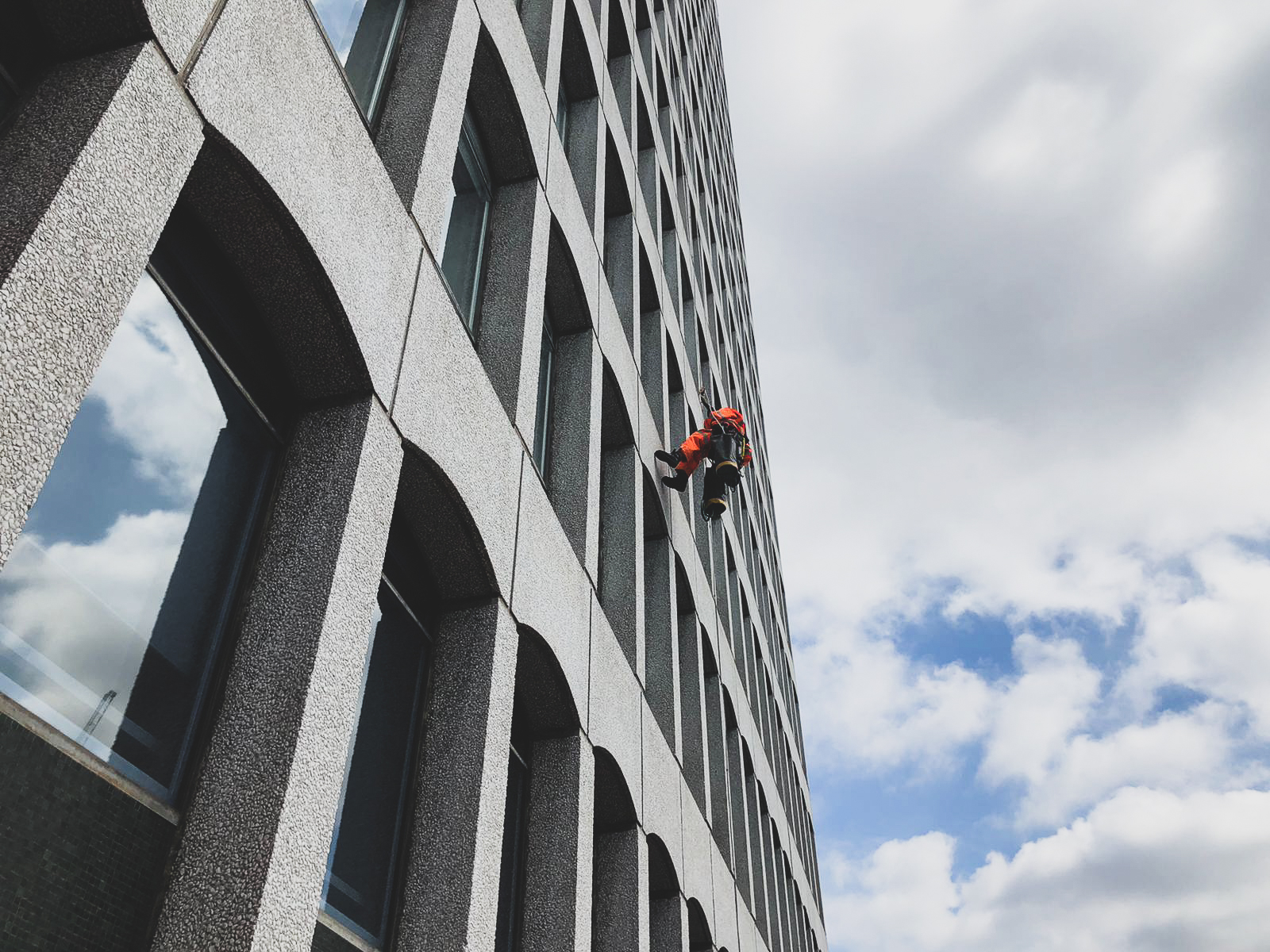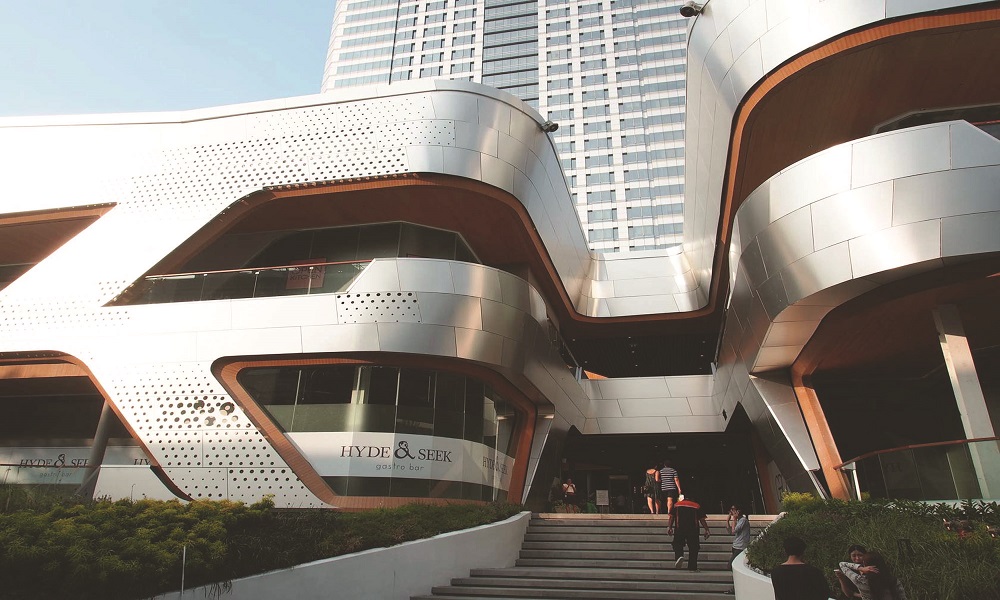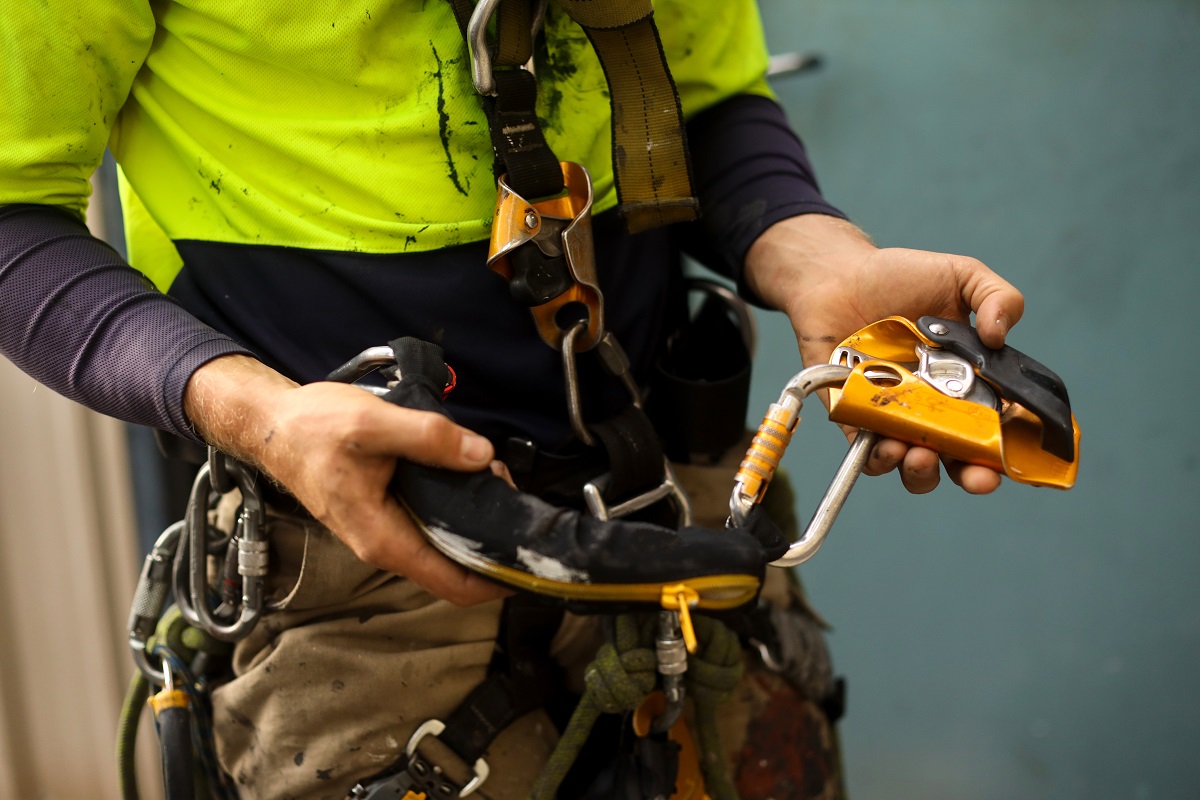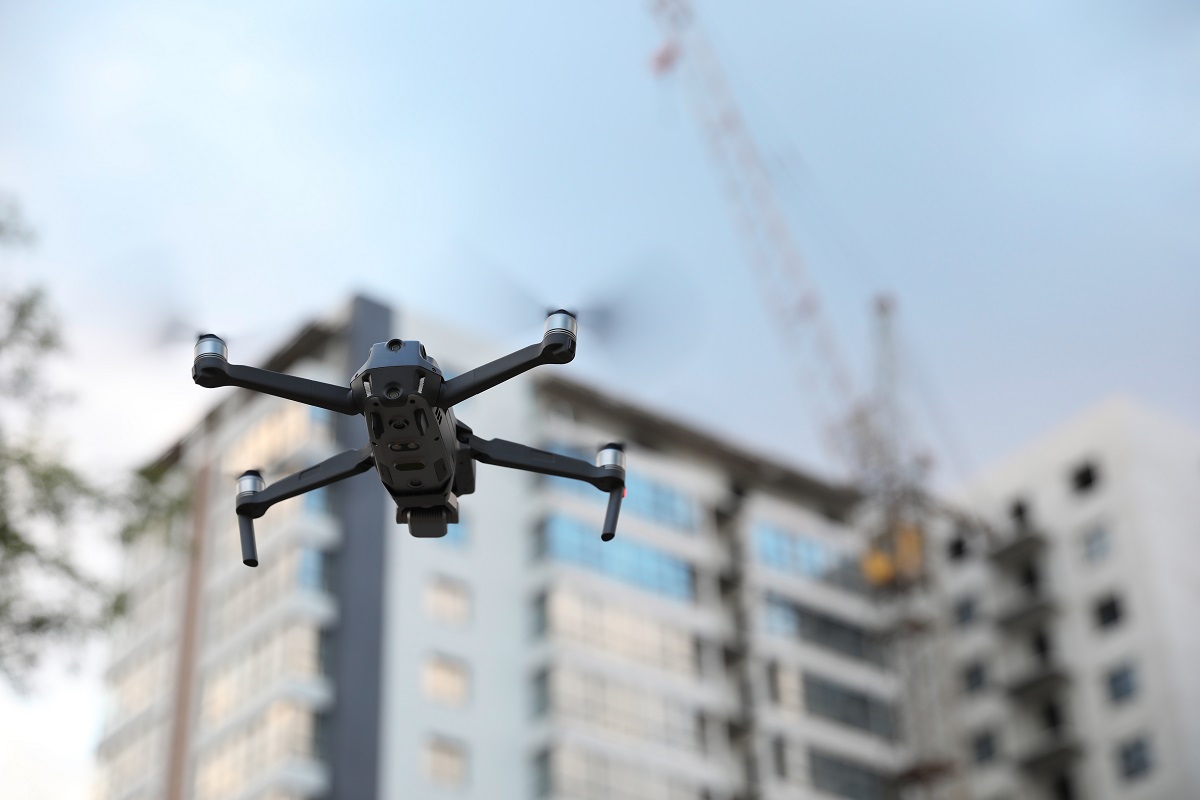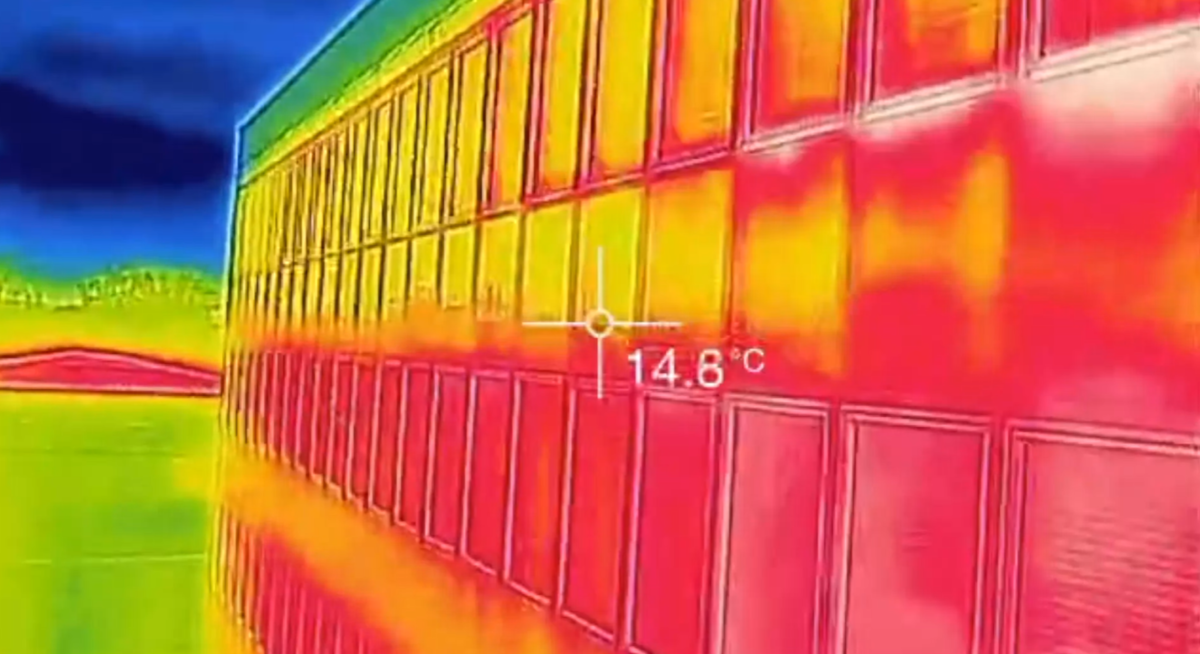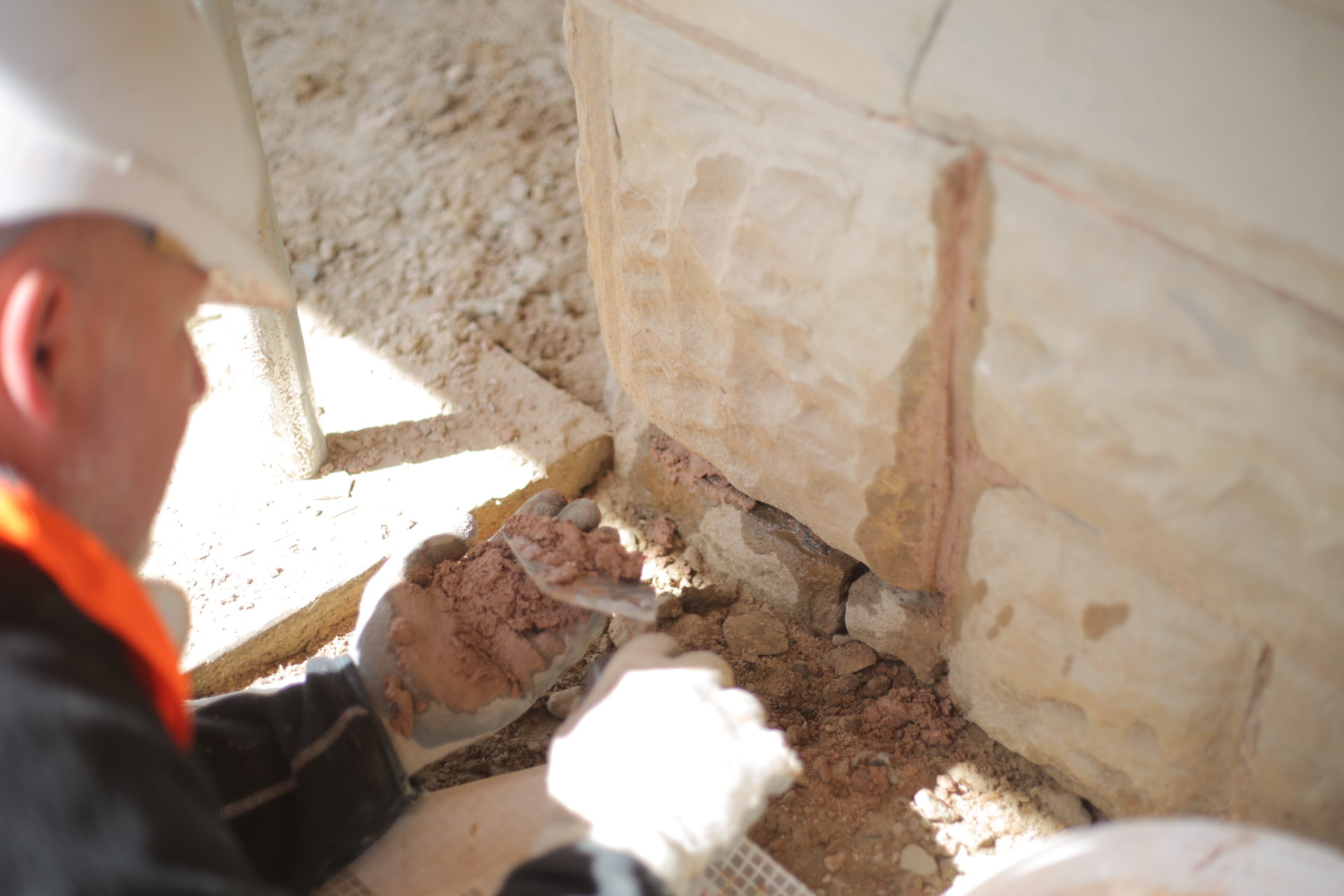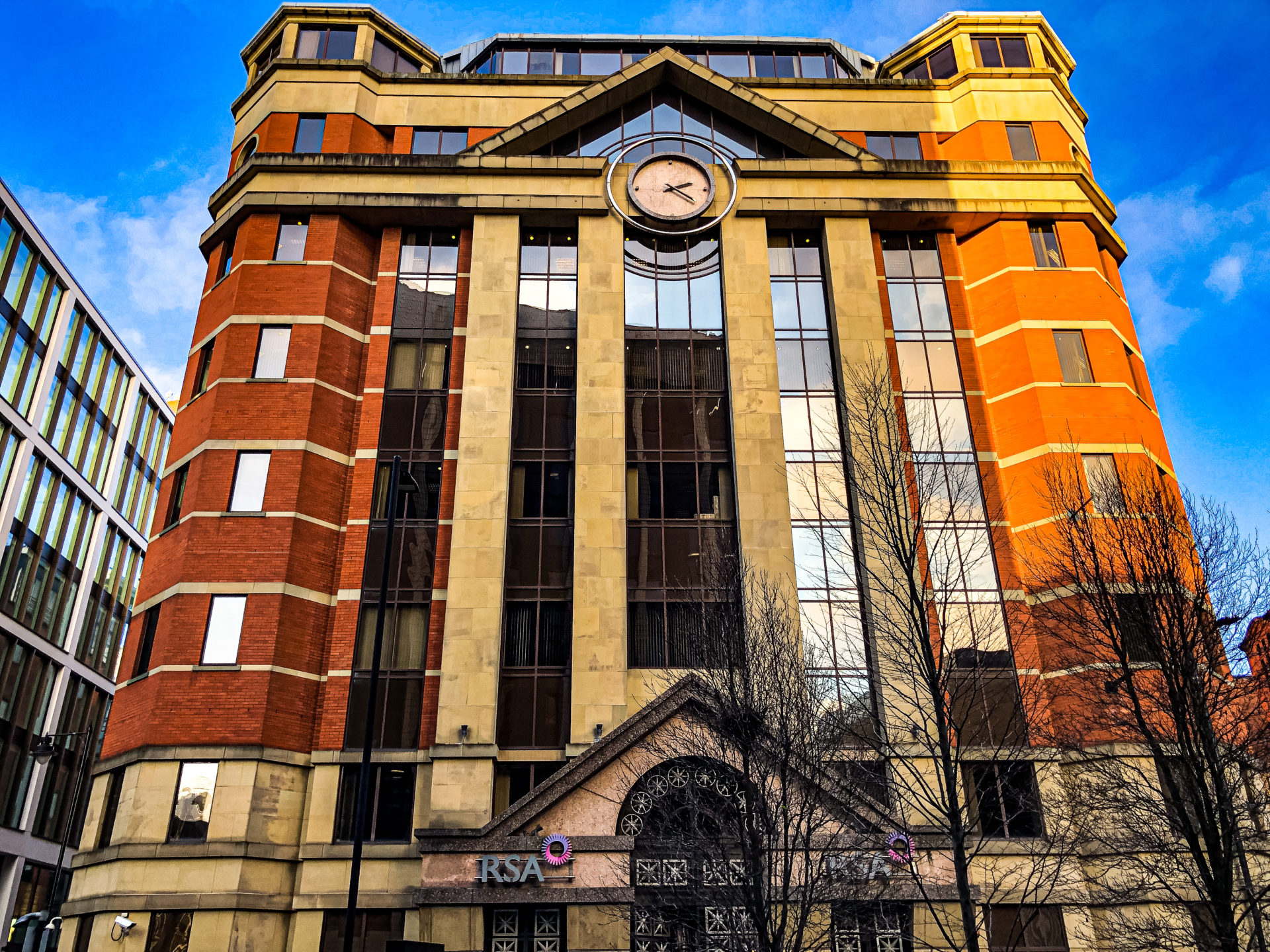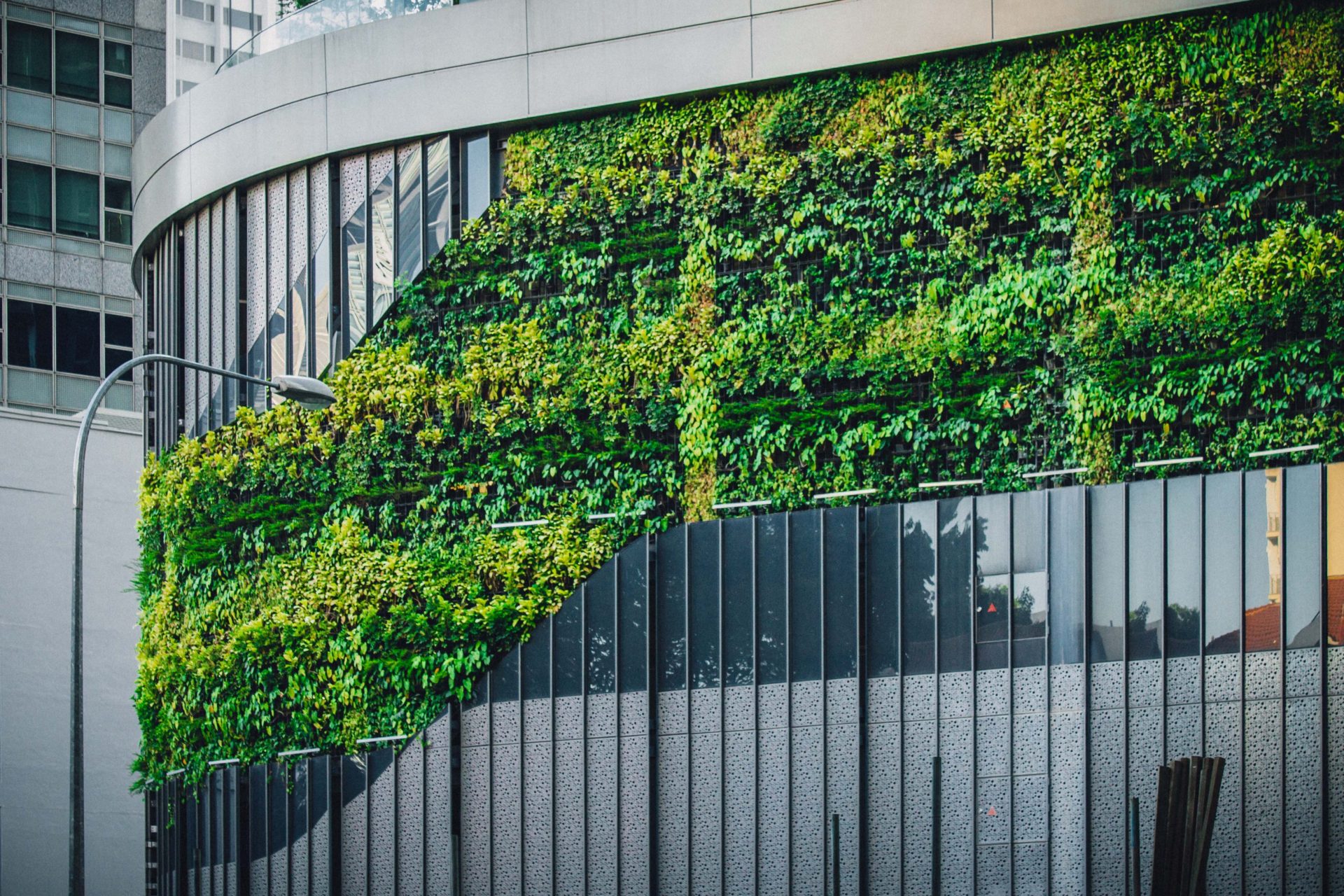Scaffolding has been around for centuries now – even the Egyptians used a wooden version of it to construct the great pyramids. Earlier still, cavemen at Lascaux in Southern France climbed it to aid their painting work (there are holes in the walls of the caves that indicate some rudimentary version of wooden scaffolding).
Though, it was not until the early 20th century that today’s version of scaffolding was patented. Sizes and materials became standardised, with tradesmen knowing what to expect and getting used to specific scaffolding types. As you would expect, today’s scaffolding must pass specific health and safety standards.
There is no doubt that scaffolding can be invaluable for gaining temporary access to the exterior of a building, but it is not always ideal. Some buildings are not flat or vertical and it is not uncommon to find rounded turrets, columns, signage, windows, or interesting architectural details that require unique workarounds. However, this leaves a gap between the scaffolding and the building.
Other reasons why scaffold-free is more suitable
It could be the building has lots of little difficult to access spaces (older buildings in particular have many of these). In this sense scaffolding may be too large and cumbersome to get close enough access to the façade surface, making it difficult to carry out repair or maintenance works.
Also, if you’re thinking about age, some of the buildings that are most in need of repair and maintenance are Grade II or Grade I listed historic treasures. Their architectural and historical importance makes it almost impossible to erect scaffolding as it could cause damage the façade or the structure of the building.
Another problem, of course, could be simply that the building is too tall to erect scaffolding, such as London’s skyscrapers. Also, if the building is mostly glass, as most modern façade’s are, scaffold may be damaging, and due to its size, it takes up a lot of public space making it inconvenient for cities.
Finally, scaffolding isn’t particularly attractive to look at. If you are trying to impress clients, the last thing you want is metal pipework covering your branding and the beautiful building you are looking to restore in the first place.
So, what do you do in these types of scenarios? Thankfully, there are other scaffold-free solutions that can be deployed. These are not only more effective; they can also suit the type of building a lot better.
These alternative scaffold-free access methods include using rope access or ‘industrial abseiling’, suspended access equipment such as motorised cradles, and mobile elevating work platforms (known as MEWPs). Which method you should choose depends on various factors, such as time, cost, and how much disruption your site can afford.
Types of scaffold-free access for buildings
Rope Access and Industrial Abseiling work
This technique is commonly used by for tall buildings and involves a form of lowering or ascending using rope and an abseil device. It allows the professional to access difficult to reach areas since they have a certain amount of control over the length of the rope and its direction.
Suspended Access Equipment
You’ve probably seen these on television where the windows of huge skyscrapers are being cleaned. It involves two people standing inside a motorised cradle which is lowered down from the top of the building using high strength cables. It gives the individuals a safe and stable platform from which to repair, inspect, or clean a building.
Mobile Elevating Work Platforms (MEWPs)
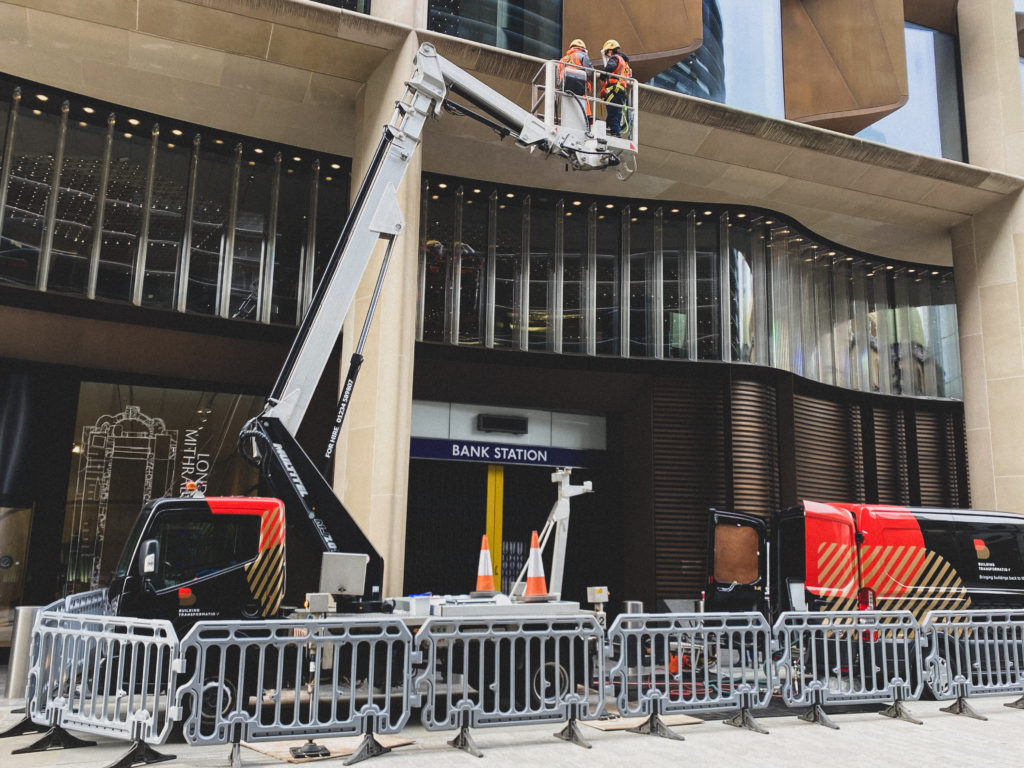
MEWPs are also excellent for reaching difficult to access areas of a building. An individual or pair can be raised up to a building in a motorised and movable basket. Some of the different types of MEWPs available today include spider lifts, cherry pickers, and aerial work platforms.
Why you should consider these methods for a building survey
There are a number of reasons why you may need a building surveyed. It could be that you simply want it inspected to look for damage after a period of particularly wet or wild weather, or you are looking for some building maintenance and you need to understand the amount of work that needs to be undertaken.
Or you may require a commercial building survey as a starting point to repair, redecorate, or paint the façade or simply to survey it because you’ve decided to sell the building.
If you have spotted a leak, you will want a professional to undertake a detailed leak investigation and condition survey to find and repair the problem. Maybe part of the tiling, lead, or felt is loose or there has been a problem with your rainwater drainage system? Again, these are issues that need sorted right away to prevent leaks from becoming worse and more costly.
What to look out for in your building
Corrosion – this can be found in a lot of building cladding. It’s when the edges of the cladding start to rot because, unlike the surface of the cladding tile, they haven’t been covered with plastic or any kind of protective coating.
Cracking – wind, rain, and freezing weather can all affect the exterior of a building resulting in cracking. If nothing is done this will only get worse as time goes on, when water inevitably gets into the cracks from rain and freezes, expanding the gap and making the cracks even bigger. Worse still, the cracks could expand as far as the roof and guttering, even the internal walls – and then you are looking at a very severe repair bill.
Fading paint – the exterior of your building can start to look weathered due to the UV rays from the sun. The ultraviolet rays split molecule bonds in the paint, causing the colour to fade over time. The surface may become ‘chalky’ to touch as the paint fails and flakes off.
Blistering paintwork – little bubbles in the paint indicate heat and/or moisture damage and can lead to the paint peeling off. The result is an unprotected, uneven, and ugly-looking façade.
Rusting – metal cladding can suffer from rust, taking on an unsightly appearance. It is caused by oxidation- the combination of water and oxygen. Leave the damage long enough and the brown and orange rust chunks will flake off. The façade will be even more difficult to restore because rust can cause panels to deteriorate beyond simple repairs and result in expensive structural damage.
Damage – scratches and dents can appear at the bottom of cladding due to general wear and tear i.e. people or objects accidentally kicking or hitting panelling. This is especially true of main entrance, street level areas, or parts of the building where people park cars. Think, this is where people are going to gain their first impression of your building. Warehouses and retail buildings can suffer from dents and marks too when large items such as machinery are being wheeled around.
The benefits of rope access for high level building surveys
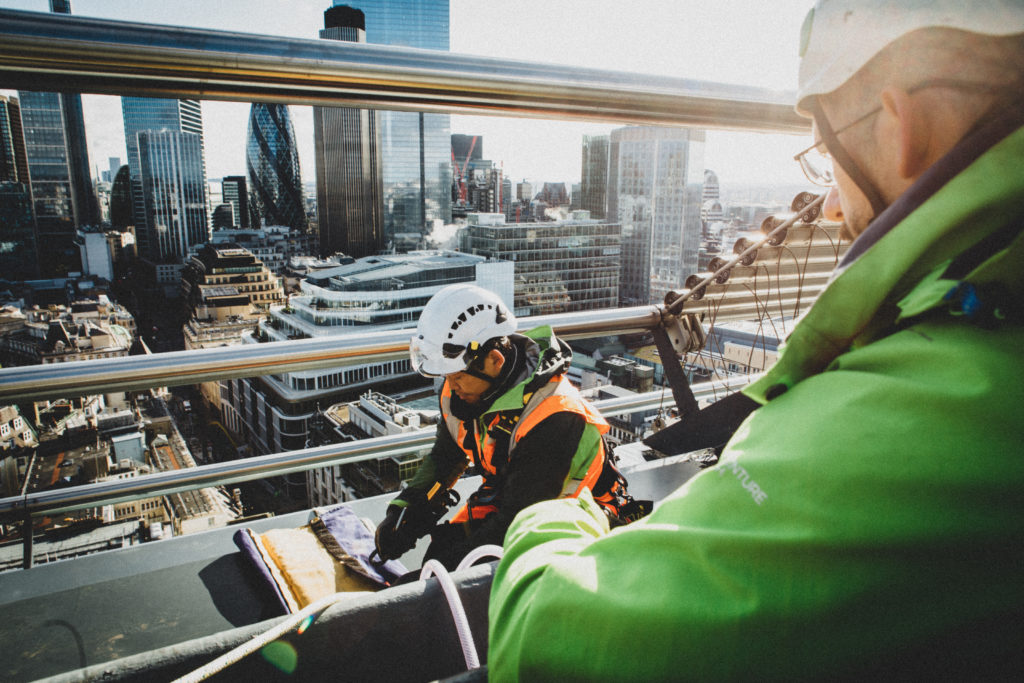
- It’s possible to gain access to a building regardless of its shape, texture, location. That includes very tall buildings, city structures, and bridges.
- Setting up and dismantling rope work is straight-forward and doesn’t take long. As a result, the job is performed in less time, making it less expensive. Scaffolding can take days to set up, a rope access system is usually up and running safely within two hours, and just as easy to pack away.
- All technicians who carry out rope access work are trained and certified to high standards by the Industrial Rope Access Trade Association (IRATA). This makes it one of the safest access systems around. There is no reliance on machinery (only the abseil device and ropes – over which the individual on the rope has control at all times).
- Cost effective. With a rope access survey, you are paying for the time and skills of the individuals carrying out the inspection. You don’t have to fork out for the hire of specialist machinery or trained operatives to manage it. That means more time to spend on the survey itself, ensuring you get a very thorough inspection.
- No disruption. When hiring an MEWP such as a cherry picker or suspended equipment, it can sometimes prove extremely obstructive to staff or customers. Not only that but machinery and scaffolding can cause problems with access to your building and potential safety and public liability insurance issues (especially if your building is on a public street).
Get in touch
If you require an inspection or a survey of your commercial building, then our team here at Building Transformation will be happy to have a chat with you and come out for an initial look around your premises. We able to provide you with costings, reports, and carry out any repair work that may be required to protect and restore your commercial building.
We have many years of experience in the building maintenance restoration industry. Our employees are highly trained in operating access machinery and rope access work. With excellent customer service skills – something we pride ourselves on.


